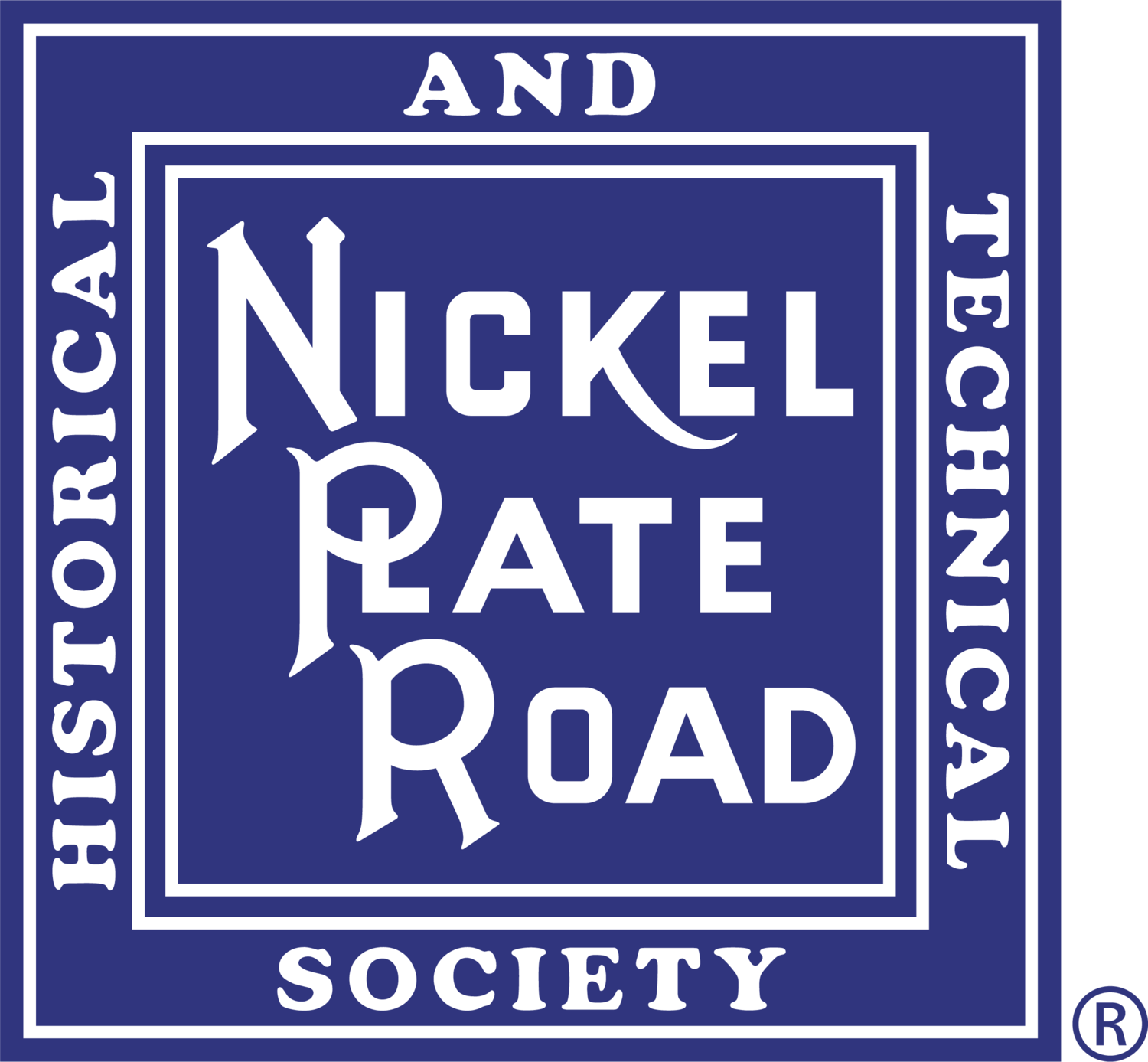Origin of the Name “Nickel Plate Road”
As told by former president of the NYC&STL Railroad Company, Lynne L. White. The following is an excerpt from the book "The Nickel Plate Road, A Short History of the New York, Chicago & St. Louis R.R." printed in 1954. The book is a record of an address given by Mr. White to the Newcomen Society in North America, held in the ballroom of the Hotel Lawrence, Erie, Pa., November 11, 1954. Mr. White was guest of honor at this "1954 Lake Erie Dinner."
"Through northern Ohio, already served by four railroads, location of the line developed intense rivalries among cities. Three routes were surveyed and communities along each proposed route vied in the raising of public subscriptions to donate rights-of-way. The road's general offices at Cleveland frequently were besieged by delegations hoping to bring about the routing of the line through their communities. During these inter-city rivalries was born the nickname for the New York, Chicago and St. Louis - The Nickel Plate Road - which rapidly became the name most commonly used.
Numerous legends have grown about when and how the name "Nickel Plate" was first applied. The accepted version is that it appeared first in an article in the Norwalk, Ohio, Chronicle of March 10, 1881. On that date the Chronicle reported the arrival of a party of engineers to make a survey for the "great New York and St. Louis double track, nickel plated railroad."
Later, while attempting to induce the company to build the line through Norwalk instead of Bellevue, Ohio, the Chronicle again referred to the road as "nickel plated" - a term regarded as indicative of the project's glittering prospects and substantial financial backing.
In 1882, the Nickel Plate recognized F.R. Loomis, owner and editor of the Norwalk Chronicle, as originator of the term and issued him Complimentary Pass No.1.
Thus Norwalk named the road - but Bellevue finally got it."
Reprinted from:
Lynne L. White, The Nickel Plate Road, A Short History of the New York, Chicago & St. Louis R.R. (New York: The Newcomen Society in North America, 1954), p. 11
The book is copyrighted by Lynne L. White, 1954. "Permission to abstract is granted provided proper credit is allowed."
